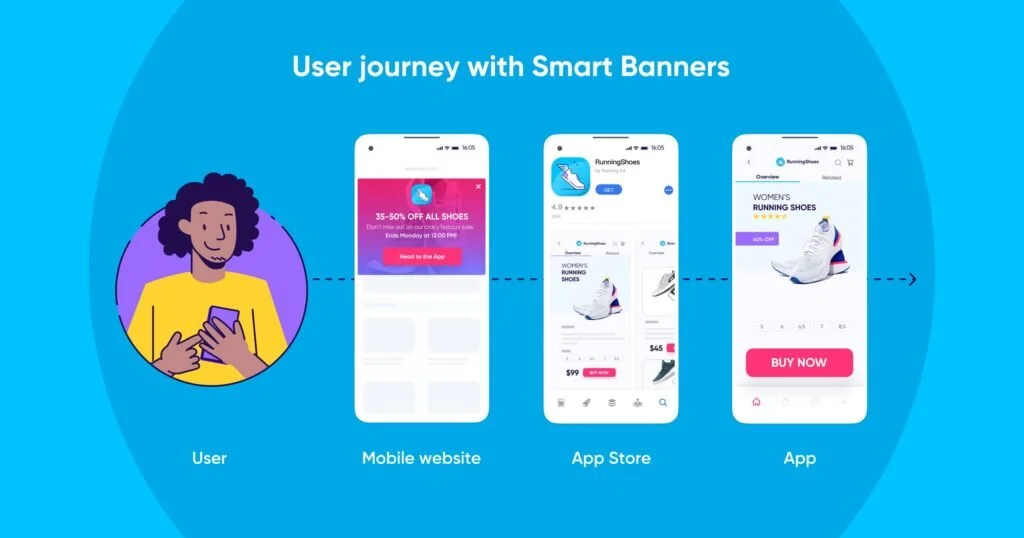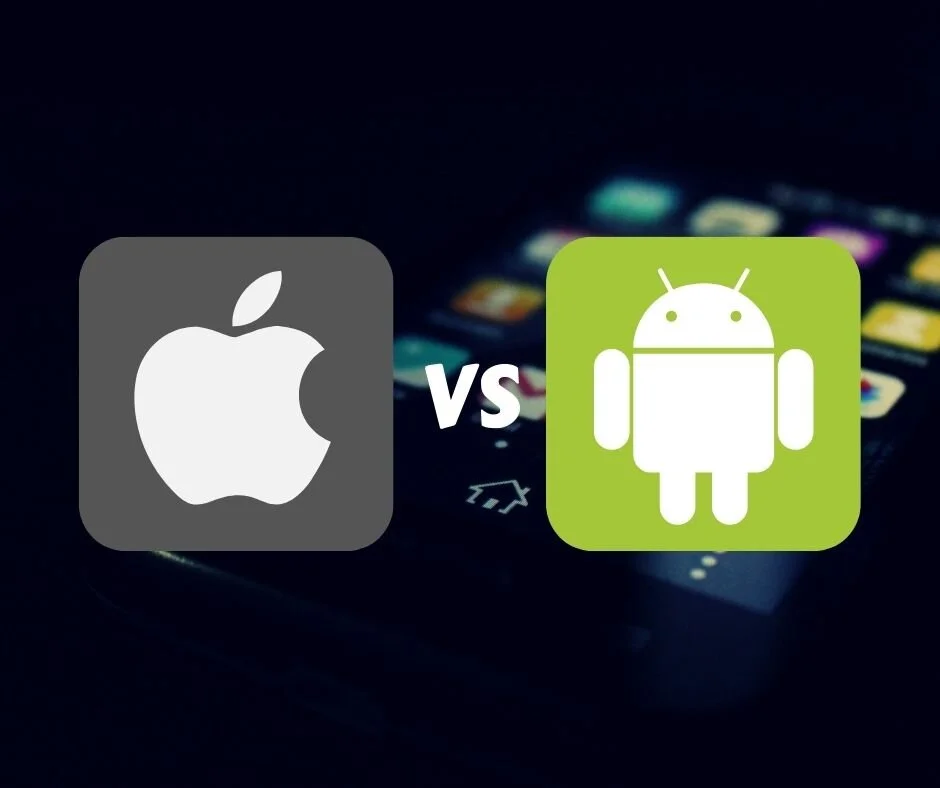Image via Pexels
There is a reason why mobile apps are so popular. Most typical reason is, they’re responsive (i.e. they’re suited for a smartphone’s screen). But more importantly, mobile apps are fast and convenient way to connect with our favorite brands.
And when you’re a small business owner, releasing your own app is a great way to interact with your customers. However, research is crucial. So here are a few things you can do to avoid making a major mobile mistake.
1. Research Your App Developer Carefully
Unless you’re programming your mobile app yourself, you’ll definitely hire an app developer. And In the world of IT, experience matters. But, it’s a common misconception that you have to partner with a mobile development firm to get a solid application. If you’re on a tight budget, consider using an online job board to find an app developer.
Here’s a not so obvious tip for you. Whether you choose someone at the top of the price list or a beginner with unfettered enthusiasm, look at their portfolio to see their past projects before you hire them.
2. Include a Smart App Banner on Your Website
Make it as easy as possible for customers to find and download your app. With a smart app banner on your site, customers can click on your banner and they’ll be taken directly to your app in the App Store.
To create an eye-catching banner on your site, you can simply hire a graphic designer or you can explore your artistic side and save your money by using an online banner maker. Adobe Spark offers thousands of banner templates which you can customize, edit, and resize, and you’ll also be able to include your logo.
Image credits to AppsFlyer.com
Not familiar with Smart Banners? This article from AppsFlyer.com explains what smart banners are and why your business need them.
3. Don’t Build for Both Major Platforms at Once
There are two major operating systems for mobile phones today: Apple’s iOS and Android. While both systems allow you to use your phone and extra features, they are quite different when it comes to development. An article from DDI Development explains that there are many differences between the two, including their monetization strategies and design complexity.
Something else you want to consider before launching an app is your target demographic. Apple users tend to have a higher income; Android users often work in information technology. There are also more phones available on the Android platform, so you might be able to reach a wider audience by designing for android first.
The important thing is, you have to know your demographics and your target audience. Then build your app on the platform where most of your audience are.
4. Communicate Throughout the Process
Think it’s enough to tell your developer that you want an app? It’s not. Although most developers are likely used to vague requests, you’ll save time and money if you tell them clearly and concisely what you want from the beginning.
It doesn’t mean that you should already know every detail of your app but at least be specific about what the app does and what is it for. And don’t be afraid of literally drawing a mockup of what you want your app to look like. Also, sometimes telling your app developer the story of how you come up with the idea helps them picture out your app in their head.
Finally, once the process begins, make sure that you let them know what you like and don’t like.
5. Avoid Excess Features
Apps are not meant to replace every capability that your business provides. Overloading or making your app do so much, according to Tech Beacon, is one of the top reasons why mobile apps crash.
And who wants an app that takes too much space from their phone?
With this in mind, avoid excessive features. While your app should be intuitive and user-friendly, too many capabilities can make it less desirable, particularly if users can’t get past the download screen.
There’s a reason why Facebook, Instagram, Twitter, Youtube, Tiktok and other popular apps only have a few buttons on their home screen.
6. Plan Ahead for Updates
Apps are not released and then immediately forgotten. Instead, you’ll want to plan ahead for the time and money needed to routinely update your mobile application. One update per week is usually sufficient, but you may need to update more often to fix bugs and improve code that enhances app performance.
But this all depends on how well your app works when customers finally download it on their smartphones.
Here’s a tip from the pros, be as thorough as you can during the testing phase of the app development to lessen the frequency of the update. If you can find most of the bugs or errors during the testing phase, you’ll avoid the updates for those errors later.
7. Create a Unique App, Not a Mirror of Your Website on Mobile View
Finally, before you even begin the process, make sure that your app is unique from the version of your website viewed on a mobile screen. If your customers are going to take the time – and the space in their phone’s memory – to download your app, it should NOT be for something they can access on a web browser more conveniently.
So think of features of your business that works way better, considerably faster or a whole lot more convenient for your customers if they have it on their smartphone instead.
And remember, your marketing strategy should remain consistent throughout your websites and media presence, including your mobile app.
Final Encouragements
Mobile applications are no longer reserved only for big businesses. Small companies can now reach their customers on devices they use the most through an app. But, make sure to do your research ahead of time so that you know how to avoid mishaps and mistakes that could bring your mobile app endeavors to a screeching halt.
With better preparation and a more informed mind, you’ll make a better app with less stress, in lesser time and lesser expenses.
About the Guest Author
Patrick Young is an educator and activist. He believes people with disabilities must live within a unique set of circumstances--the outside world often either underestimates them or ignores their needs altogether. He created Able USA to offer helpful resources to people with disabilities and to provide advice on navigating various aspects of life as a person with disabilities.





